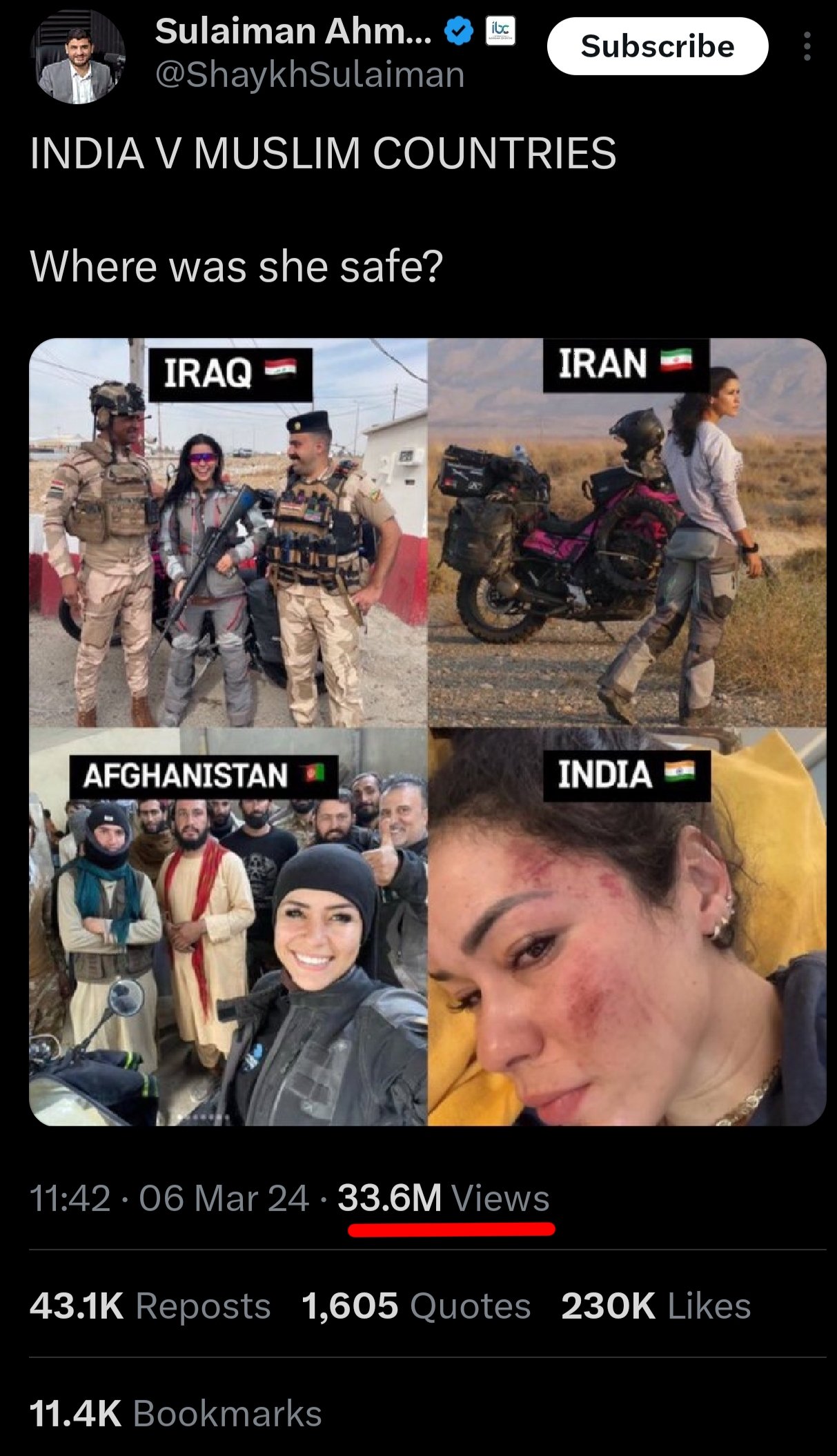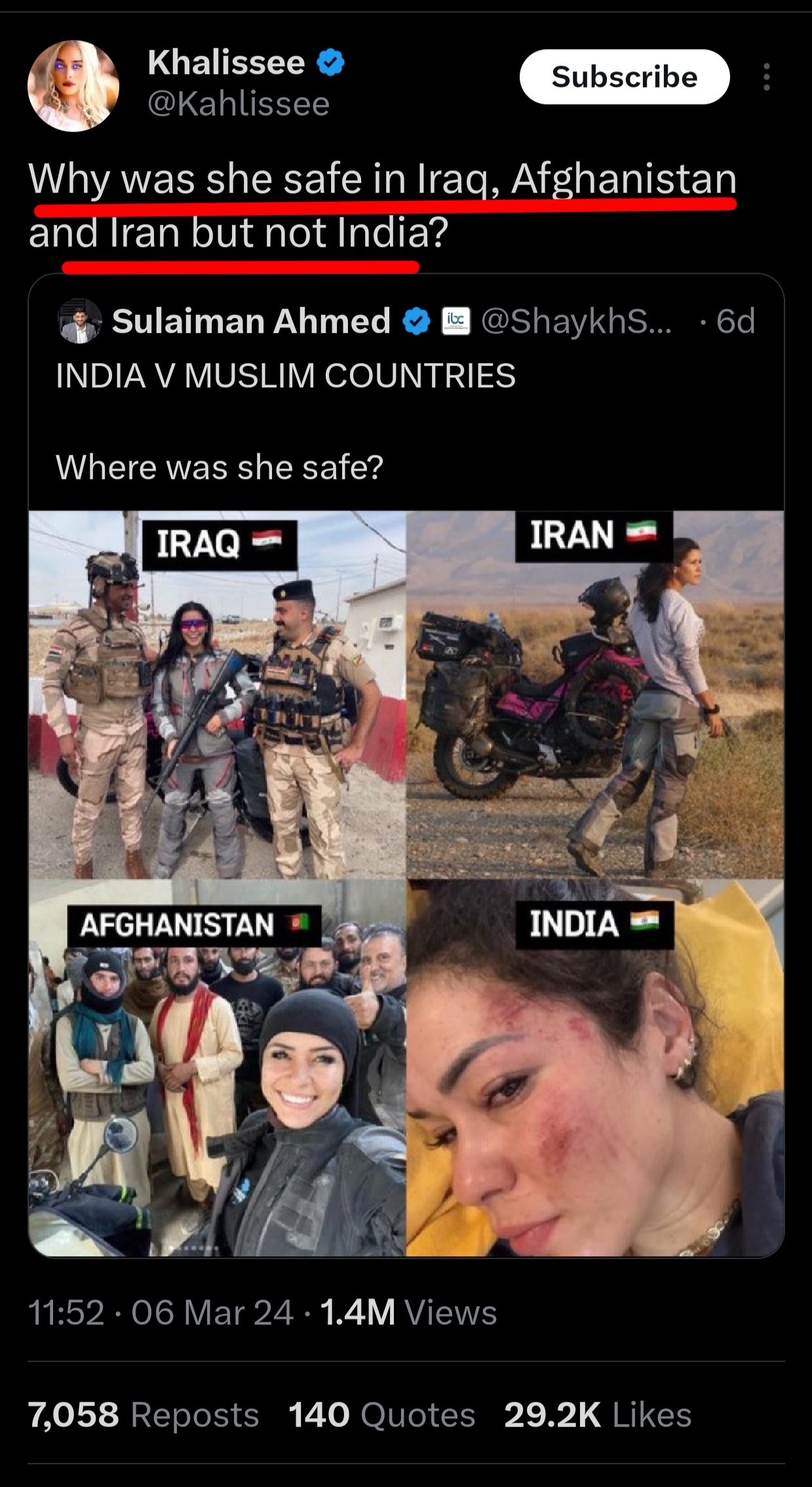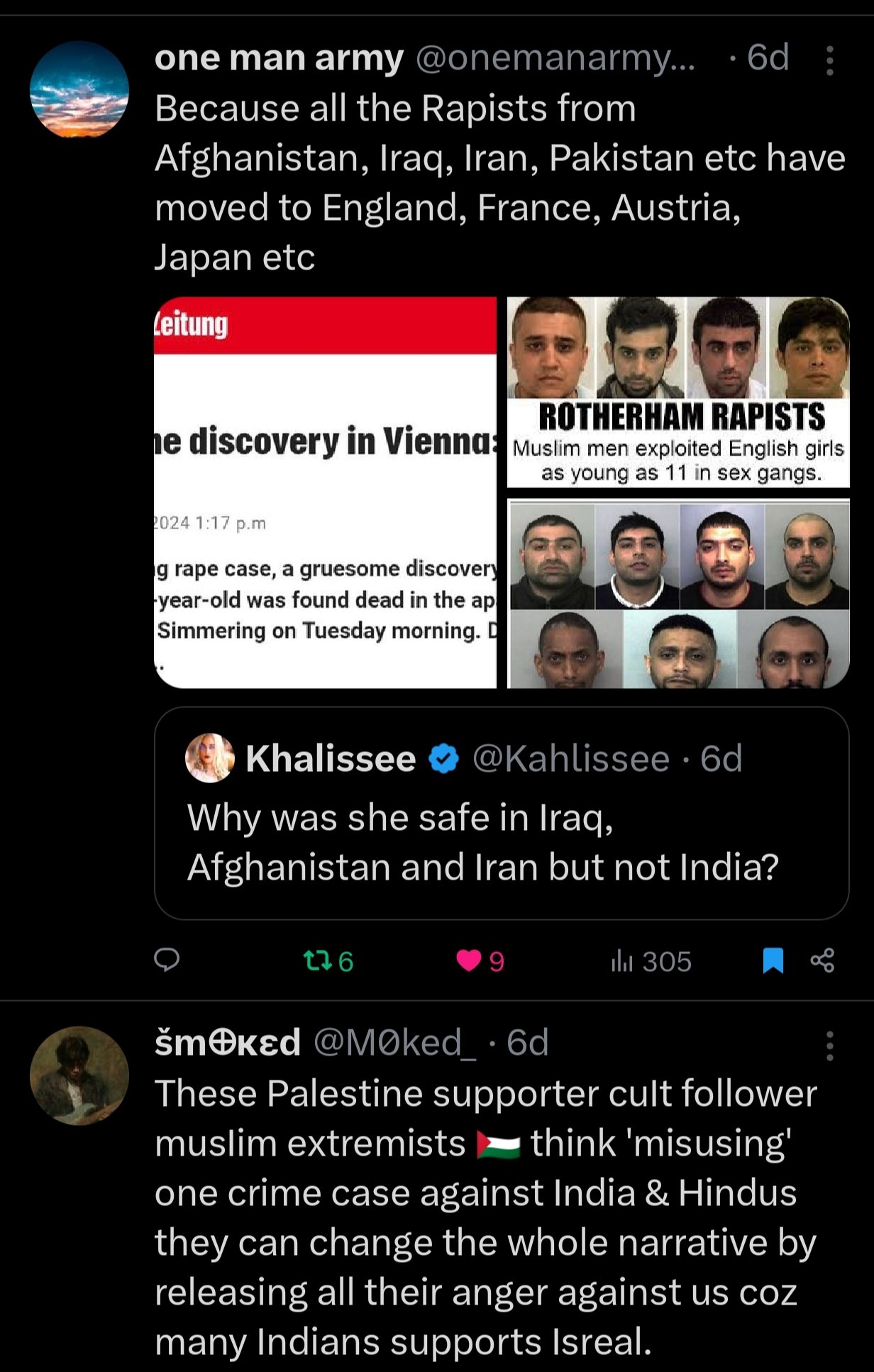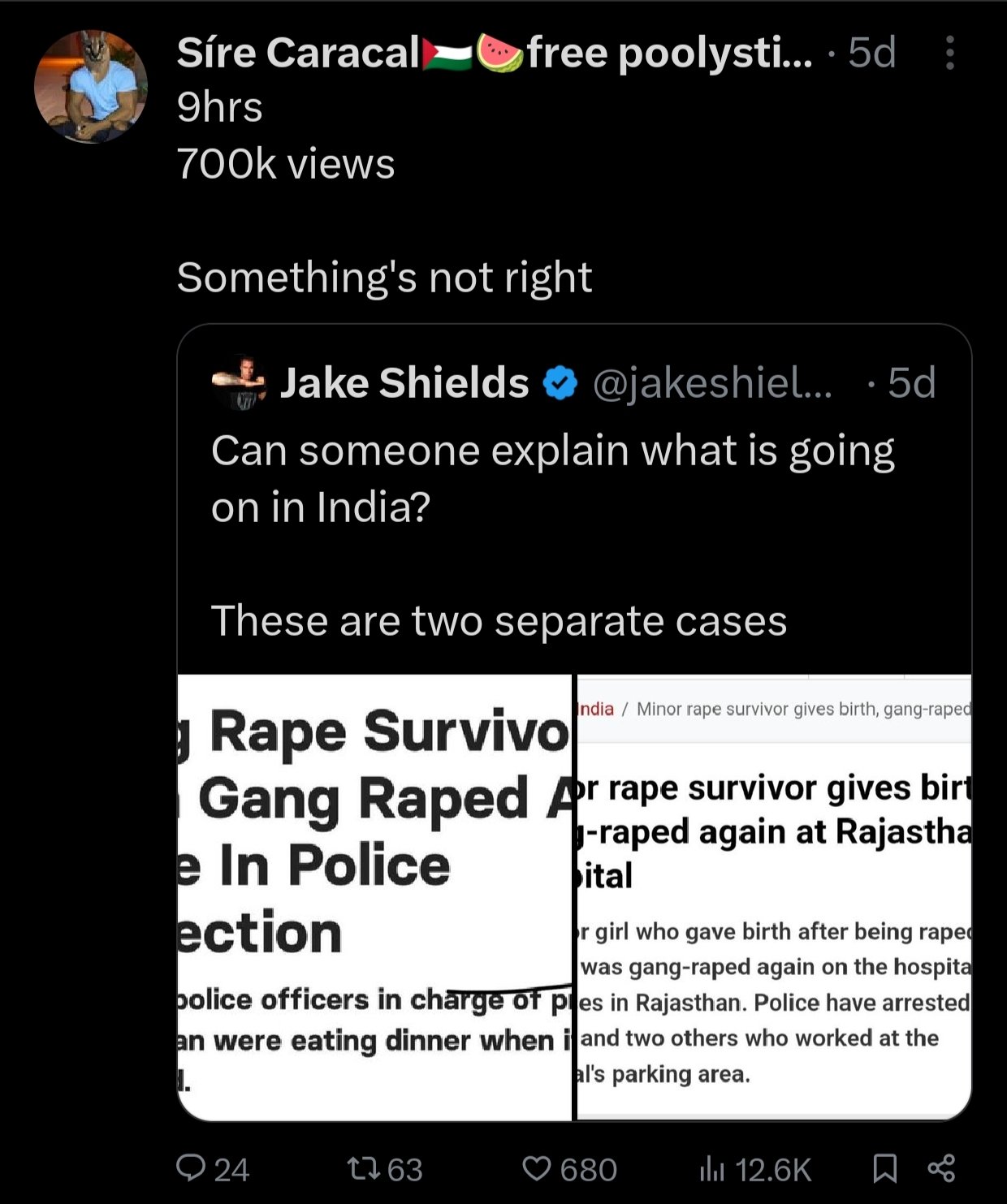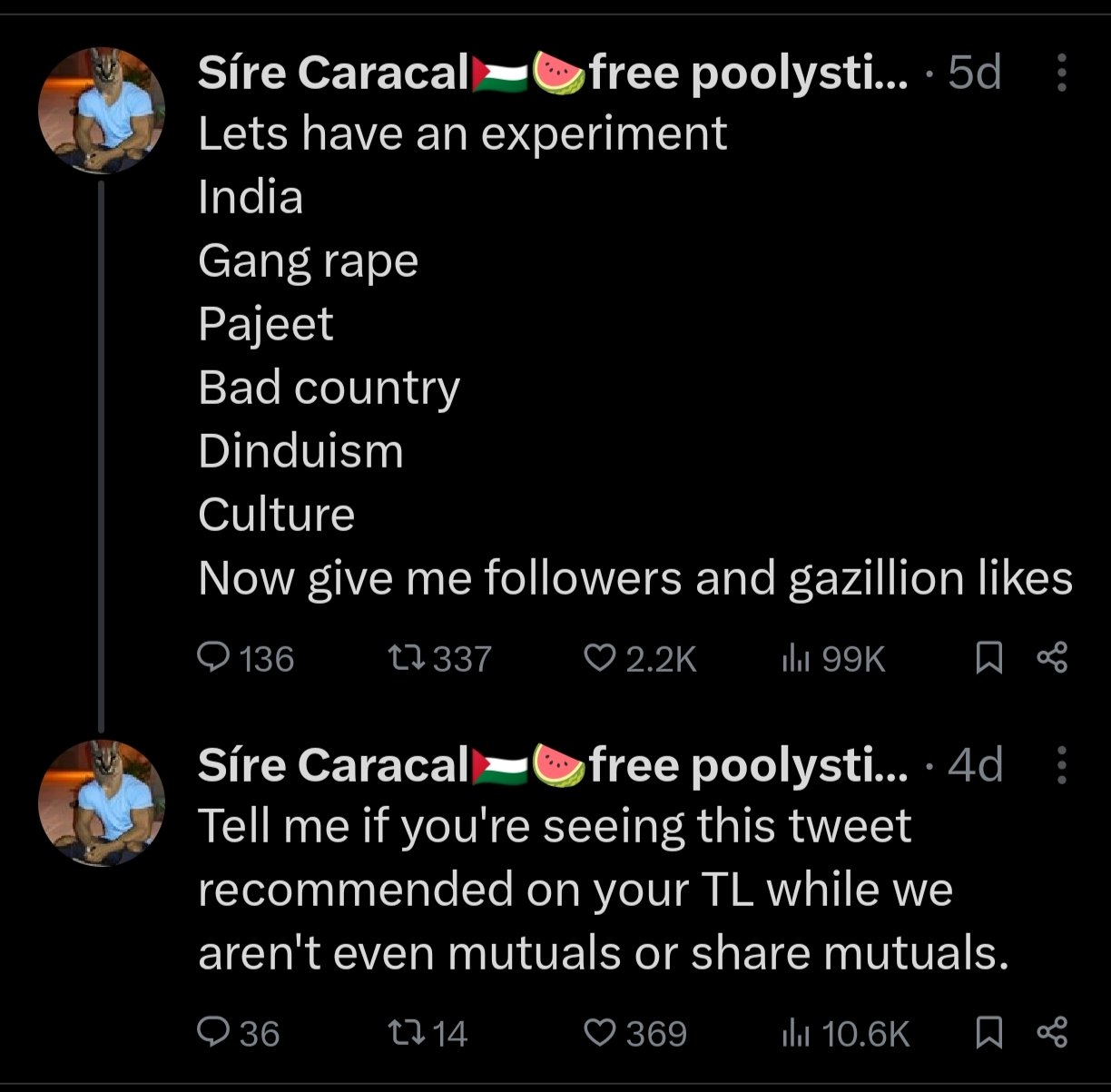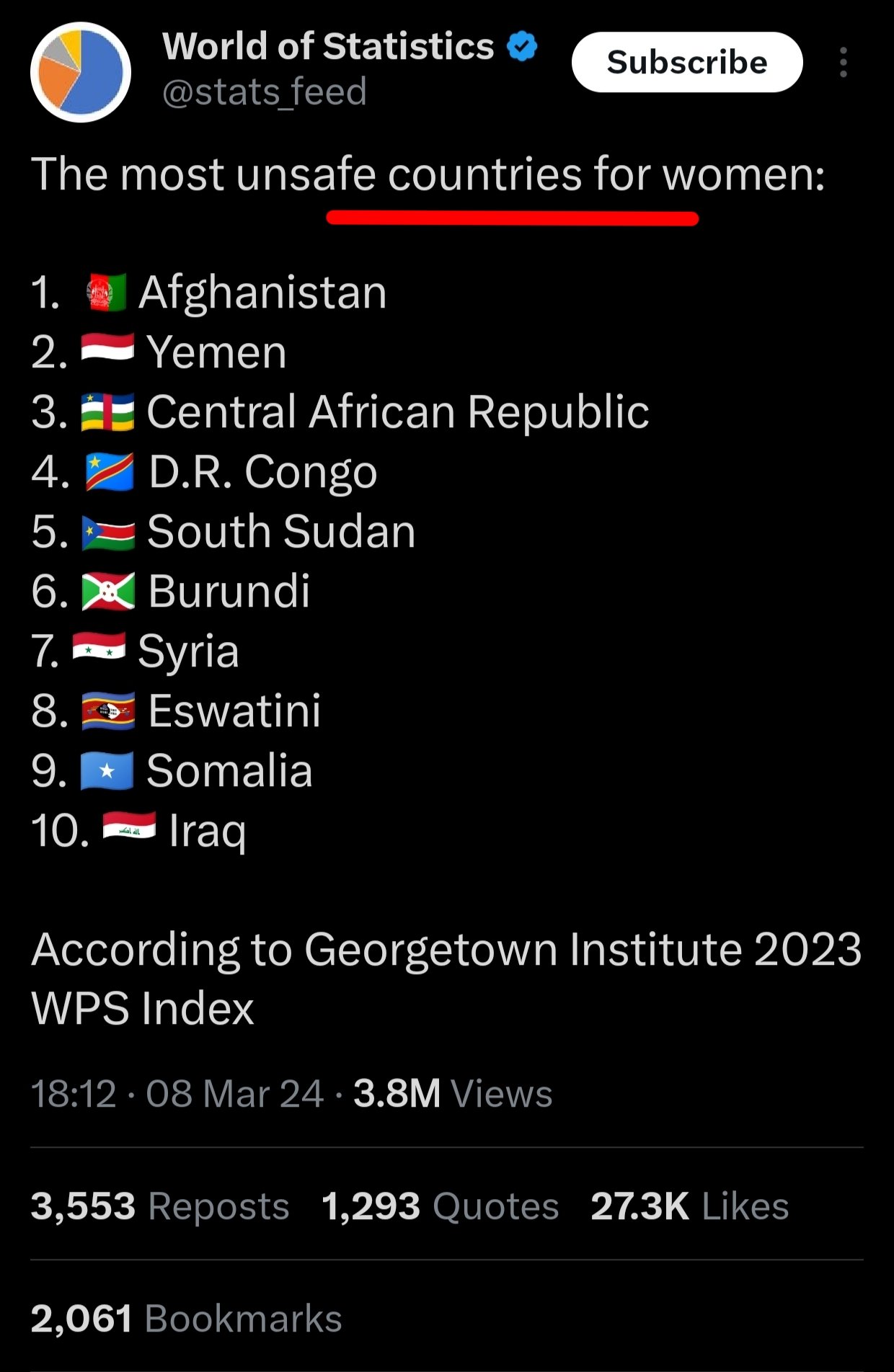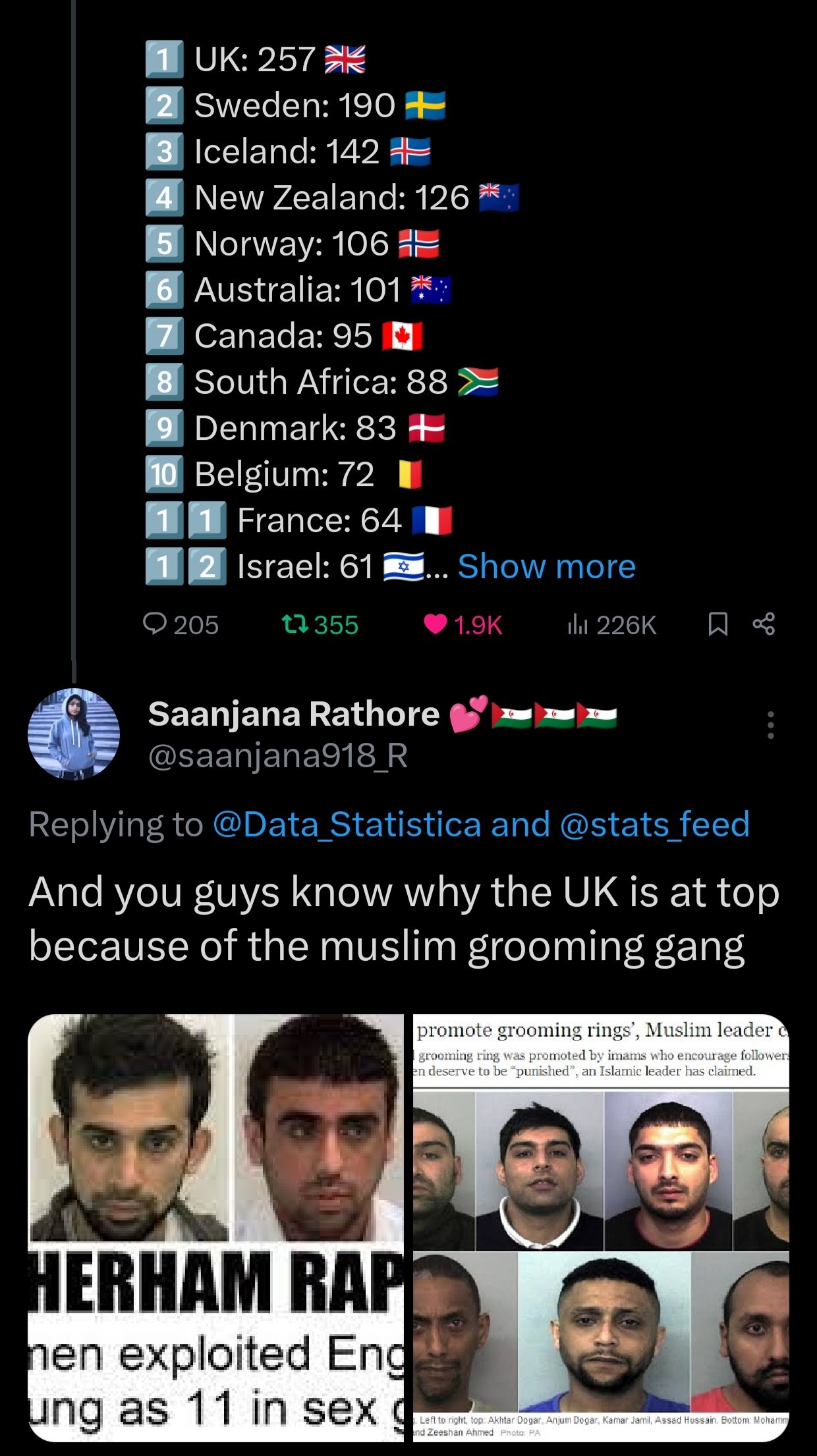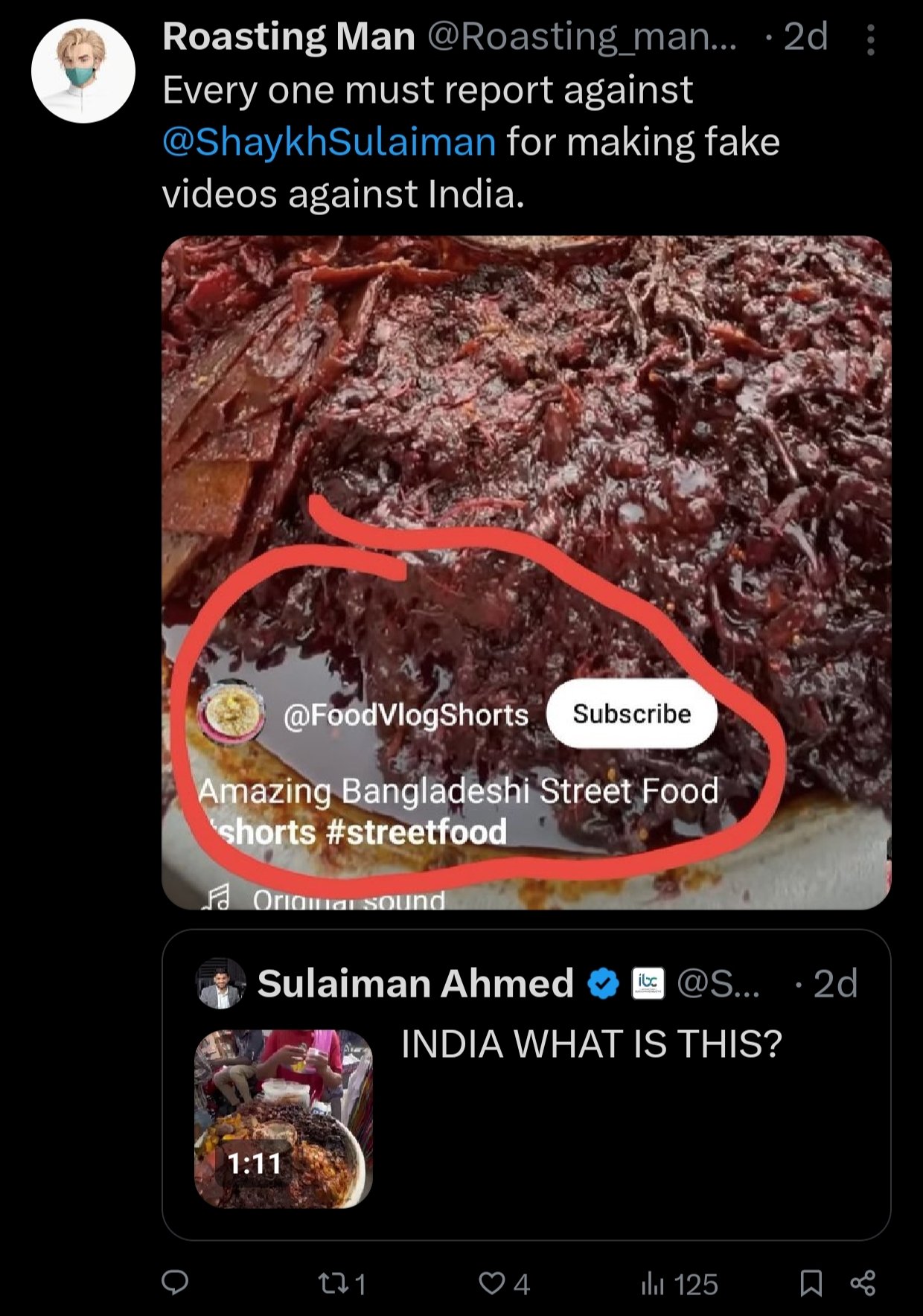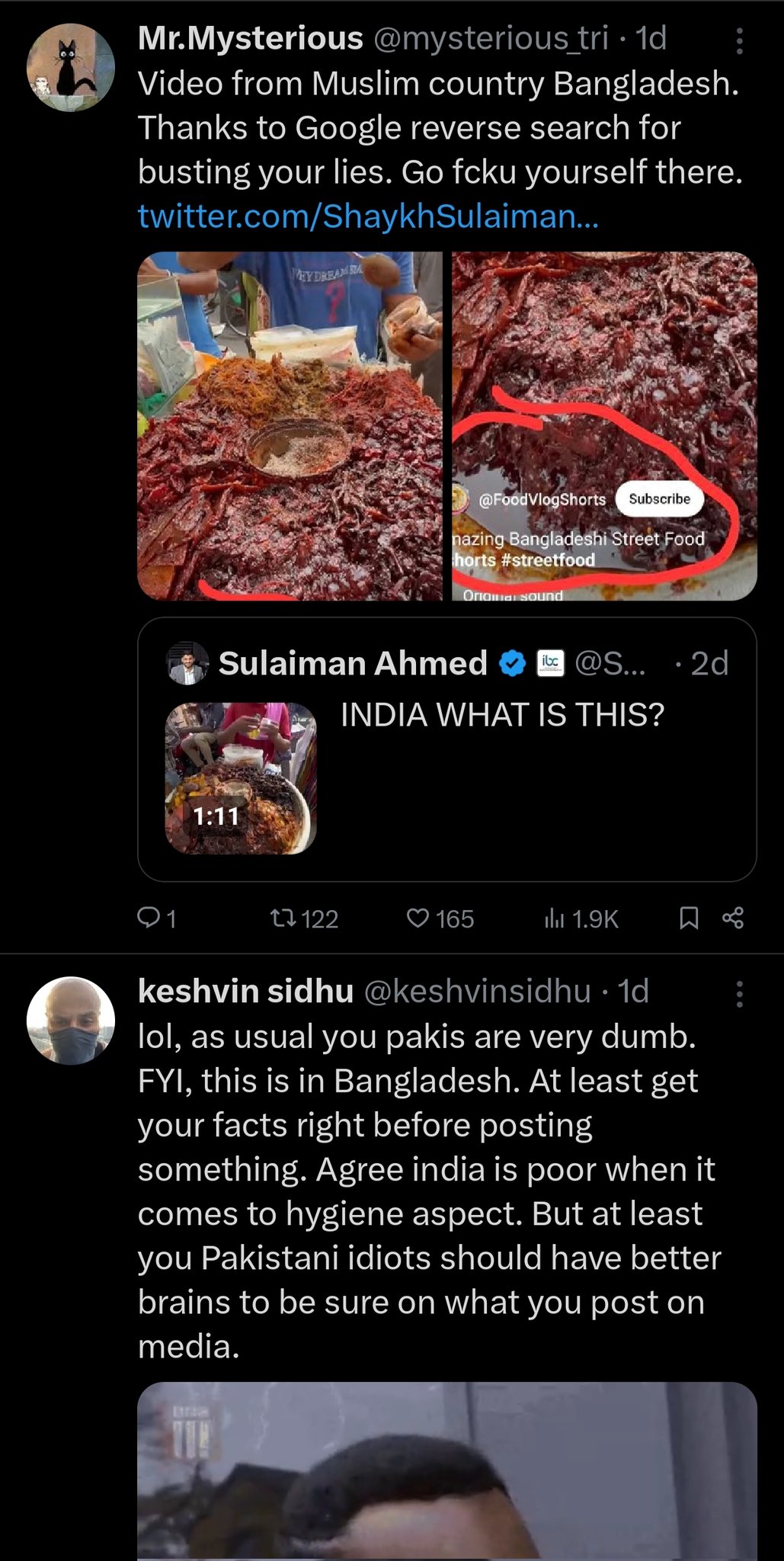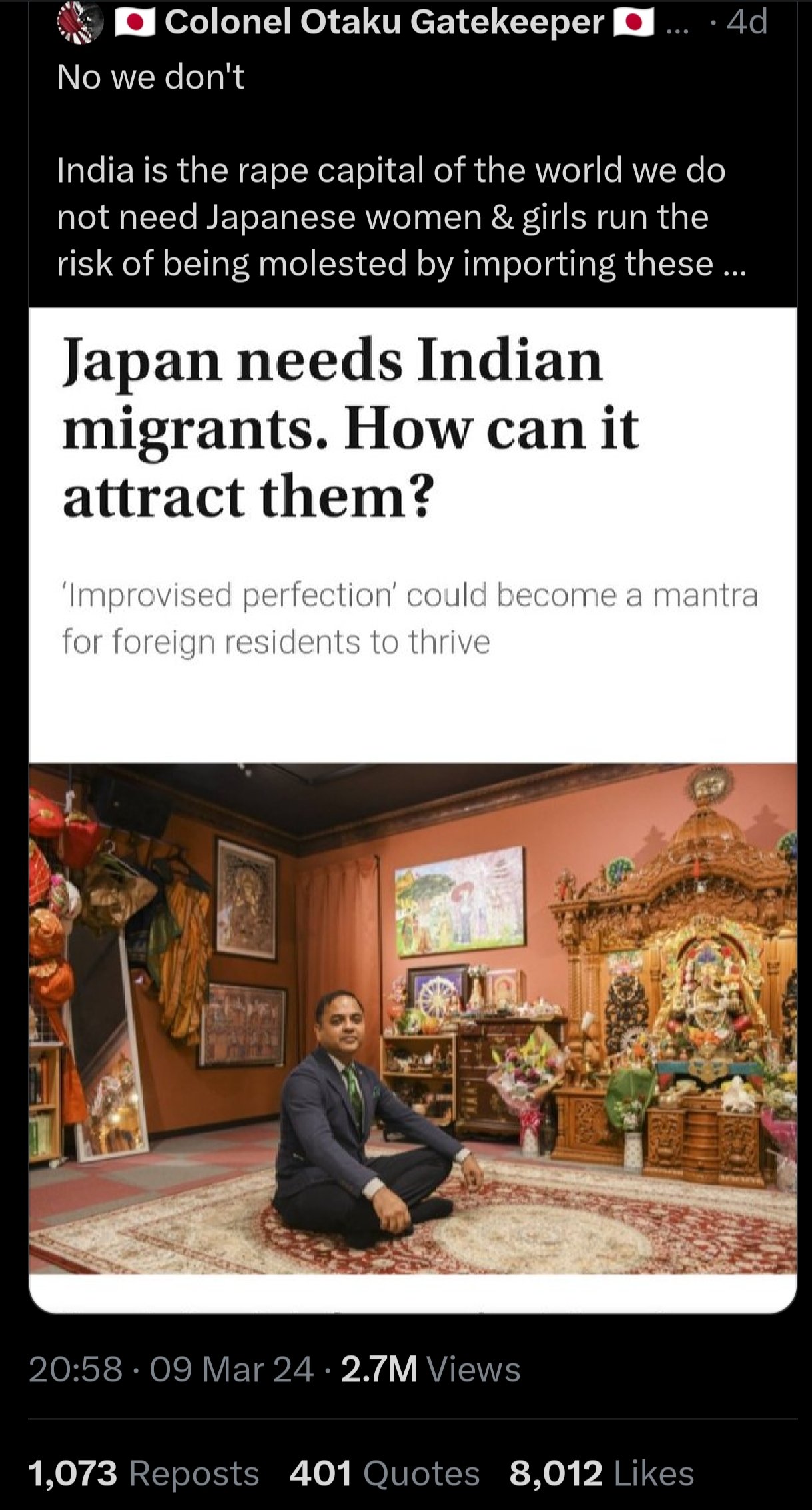India, a nation celebrated for its rich cultural heritage and diversity, has found itself at the center of an unsettling phenomenon. It is a concerted effort by anti-India forces to tarnish its image through the dissemination of propaganda and false narratives. This alarming trend has its origins in a specific case that went viral.
 The Viral Case: A Catalyst for Misinformation
The Viral Case: A Catalyst for Misinformation
The genesis of this trend can be traced back to a case that rapidly gained viral status, piquing the interest of foreign actors and self-proclaimed “jihadis.” Seizing upon this opportunity, these individuals began spreading propaganda and false news about India. Jihadis propaganda started spreading really fast and other countries easily believed. Because India doesn’t have access to community notes
The Anti-India Algorithm: A Dangerous Enabler
Compounding the challenge was the existence of an “anti-India algorithm” that facilitated the rapid dissemination of content containing specific keywords. This algorithmic amplification enabled the propagandists’ messages to reach a broader audience, making it easier for other countries to embrace the distorted narratives about India.
The keywords that seemed to trigger this algorithm included terms like “India,” “gang rape,” “pajeet,” “bad country,” and “culture.” By strategically incorporating these terms, the anti-India forces were able to achieve staggering levels of reach, as evidenced by a post that garnered an astonishing 33.6 million views within a short span of time.
Initial Response by India: Tolerance and Restraint
Faced with this onslaught of misinformation, India initially adopted a stance of tolerance, reflecting its longstanding tradition of inclusivity and acceptance. However, as the attacks intensified, reaching a point where the tolerance could no longer be maintained, a response became necessary.
Concerned citizens and advocates, frustrated by the relentless barrage of false narratives and fake rape posts targeting India, decided to take matters into their own hands.
India Exposes the Algorithm and Fights Back
Individuals like @SireCaracal began conducting experiments to understand the dynamics of the “anti-India algorithm” better.
Through these experiments, they identified the specific keywords that seemed to amplify the reach of anti-India content, such as “India,” “gang rape,” “pajeet,” “bad country,” and “culture.”
Armed with this knowledge, they began utilising these keywords strategically, not to propagate misinformation but to expose the biases inherent in the algorithm.
In one instance, @SireCaracal achieved a staggering reach of 99,000 views simply by incorporating these keywords in a post.
The Involvement of Paid “Jihadis”
Fueling this campaign of misinformation were paid “jihadis” funded to support Hamas, a militant Palestinian Sunni-Islamic fundamentalist organisation. Their efforts were amplified by the actions of foreign individuals and entities. One of them was a Japanese Otaku who joined the “jihadis club”. World of Statistics responded with facts and we could see the meltdown in the comment section.
Due to the Algorithm and the ongoing propaganda the hate against India had grown so much that they started abusing!
As the propaganda continued to spread, the hate against India grew to alarming levels. Individuals and groups from around the world engaged in unfounded insults directed at the nation.
The Warriors of India
In the face of this onslaught, the Indian warriors intensified their efforts to counter the false narratives. Individuals like @desi_diva1, Roasting man, @keshvinsidhu, Mr. Mysterious set the record straight.
Their response was not merely defensive. It sought to highlight the global nature of issues like rape and the importance of addressing them collectively. By presenting statistical data and factual information, they aimed to shift the narrative.
Cross-Cultural Clashes
As the battle against misinformation and hate intensified, incidents of cross-cultural clashes and insults emerged. In one notable instance, a Japanese otaku joined the “jihadis club” to insult India. This prompted a strategic response from @broqu_e, who shared the harrowing case of Junko Furuta.
The Indian warriors remained steadfast, employing strategic responses and leveraging the power of facts to counter such attacks.
Addressing Misinformation
The ongoing struggle against the “anti-India algorithm” and the propagation of false narratives remains a critical challenge. It extends beyond the borders of a single nation. It is a global responsibility to combat the spread of misinformation and hate.
India’s efforts to address this phenomenon have been multifaceted. It combines a stance of tolerance with a determination to expose the biases and counter the misinformation.



 The Viral Case: A Catalyst for Misinformation
The Viral Case: A Catalyst for Misinformation
